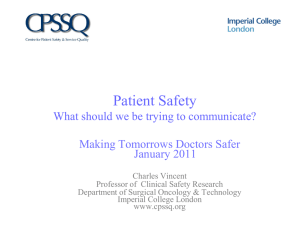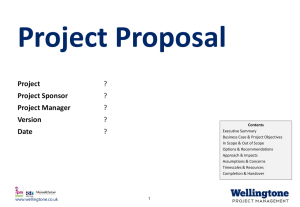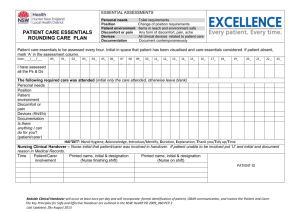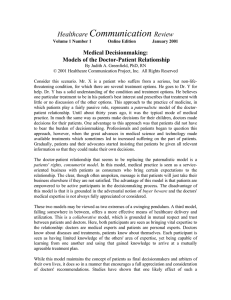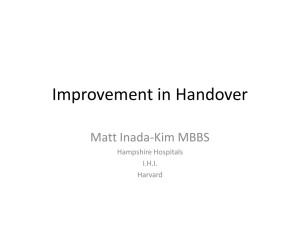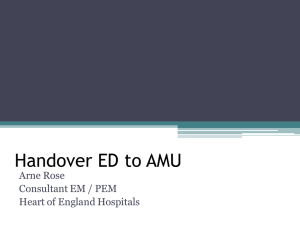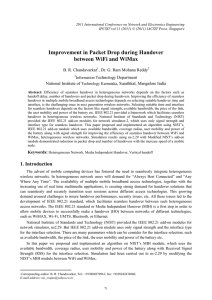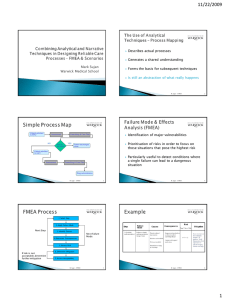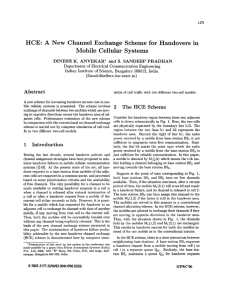Combining FMEA and FRAM in Healthcare Settings Mark Sujan
advertisement
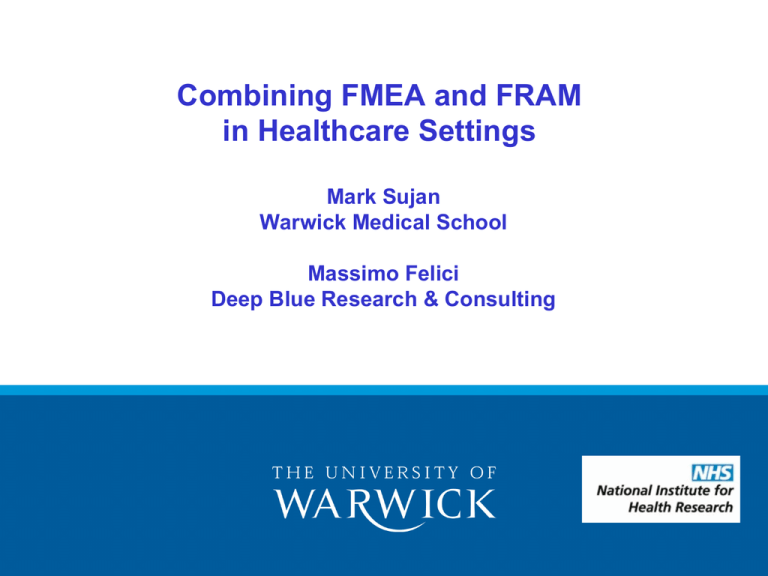
Combining FMEA and FRAM in Healthcare Settings Mark Sujan Warwick Medical School Massimo Felici Deep Blue Research & Consulting (Lack of) Maturity of Patient Safety as a Discipline • We know patients are harmed (e.g. 1/10 patients admitted to UK hospitals suffer an adverse event) • Approaches are predominantly reactive, e.g. National Reporting & Learning System • JC requires 1 proactive risk analysis of a process per year. No such requirements within the NHS. 2 Emergency Care Handover (ECHO) Project • To conduct a risk analysis of handover within the emergency care pathway • To explore common organisational deficiencies and the impact on the quality of handover 3 Patient Handover • Safe transfer of information + responsibility for patient care • Medical handover is – far more complex – far less standardised – within a far more safety-critical environment – but conducted with far less training! 4 Joint Commission 2004 - 11 5 A few issues with Handover • Ambulance crew waiting in queue & patient deteriorates • Paramedic hands over social information (“79-year old wife requires care at home”), but A&E staff are already working on the patient • Patient is referred to medical ward, but remains on A&E without clear allocation of responsibility 6 A few solutions • Standardisation (e.g. SBAR) • Electronic Patient Report Form (ePRF) • Electronic referrals • Often solutions do not achieve the anticipated improvements or lead to other problems 7 FMEA in Healthcare • Sequential map of the process • 3 half-day workshops with paramedics, A&E nurses & doctors, AMU nurses & doctors at each site (9 total) • Participants have no prior experience with proactive risk assessment methods • Consultants (Senior doctors) have some time set aside, but paramedics, nurses, junior and middlegrade doctors not. 8 FMEA – Nature of Results • Focus on single failures – Sometimes difficult to identify failure modes because there is no clear right and wrong • Difficulty of establishing worst credible effect – Depends on patient condition and context – Single failures usually have no immediate adverse effects by themselves 9 Hollnagel’s Concept of Functional Resonance 10 FRAM Analysis • Identify + describe functions • Describe their potential variability • Define functional resonance based on couplings between functions Time Input Precondition Control Output Resource (Hollnagel E. The Functional Resonance Analysis Method. 2012) 11 12 13 14 15 16 FRAM – Nature of Results • Qualitative reasoning about variability and couplings • Not linked to failures, retains some of the context to explain consequences • Theory intuitive, adoption in practice difficult 17 Conclusions • Little awareness in healthcare about methods for safety analysis • Healthcare organisations + regulators need to understand limitations of techniques such as FMEA • Safety engineering community needs to understand requirements of healthcare domain 18 Acknowledgement This project was funded by the National Institute for Health Research Health Services and Delivery Research (NIHR HS&DR) programme (project number 10/1007/26). Visit the HS&DR website for more information. The views and opinions expressed therein are those of the authors and do not necessarily reflect those of the HS&DR programme, NIHR, NHS or the Department of Health. 19 Comments & Questions mark.sujan@gmail.com 20
